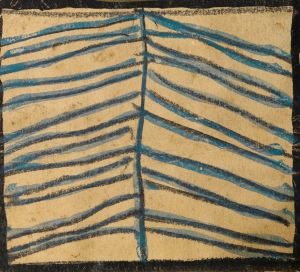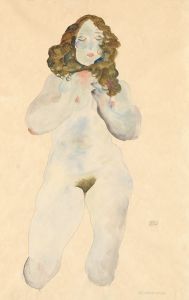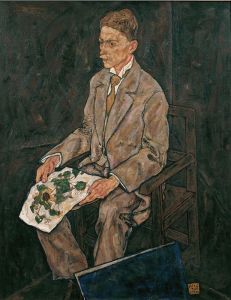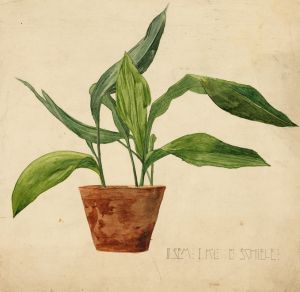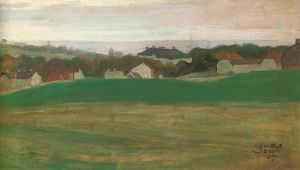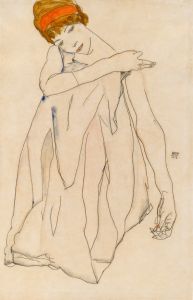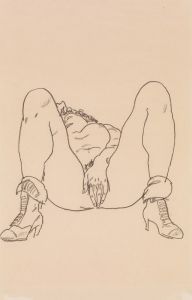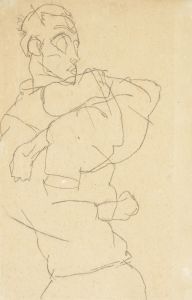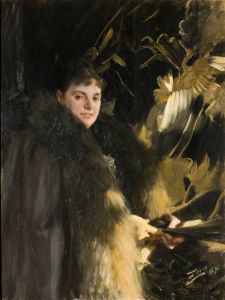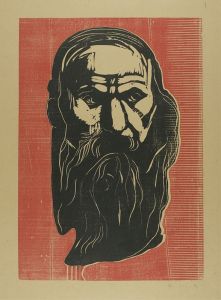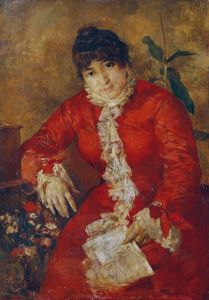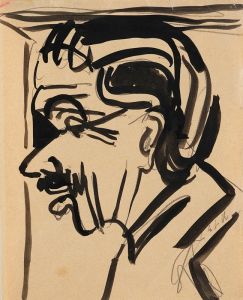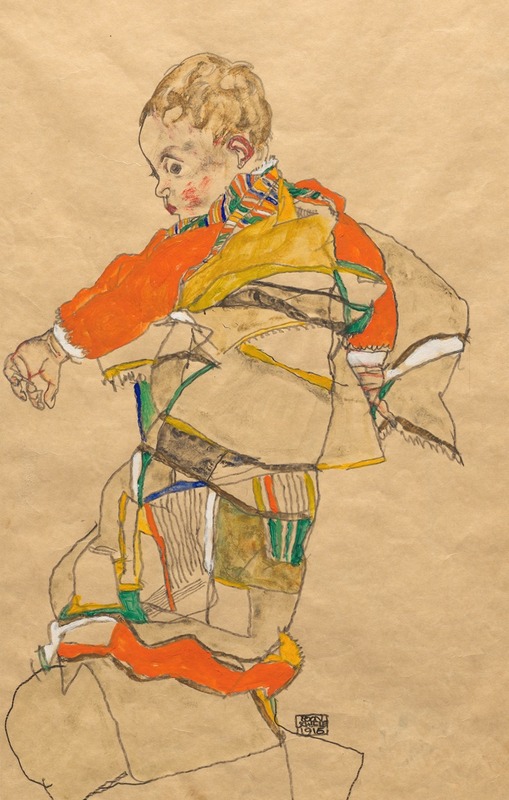
Portrait of a Child
A hand-painted replica of Egon Schiele’s masterpiece Portrait of a Child, meticulously crafted by professional artists to capture the true essence of the original. Each piece is created with museum-quality canvas and rare mineral pigments, carefully painted by experienced artists with delicate brushstrokes and rich, layered colors to perfectly recreate the texture of the original artwork. Unlike machine-printed reproductions, this hand-painted version brings the painting to life, infused with the artist’s emotions and skill in every stroke. Whether for personal collection or home decoration, it instantly elevates the artistic atmosphere of any space.
Egon Schiele, an Austrian painter known for his distinctive style and significant contribution to early 20th-century art, created "Portrait of a Child" in 1918. Schiele was a protégé of Gustav Klimt and became a leading figure of Austrian Expressionism. His works are characterized by their intensity, raw emotional expression, and often provocative subject matter.
"Portrait of a Child" is one of Schiele's many portraits, a genre in which he excelled. This particular painting, completed in the final year of Schiele's life, reflects his mature style, which had evolved from his earlier, more controversial works. By 1918, Schiele had gained recognition and was enjoying a period of professional success, having exhibited his work widely and received numerous commissions.
The painting depicts a young child, rendered with Schiele's characteristic attention to detail and expressive line work. The child is portrayed with a direct gaze, capturing a sense of innocence and vulnerability. Schiele's use of color in this portrait is more subdued compared to some of his other works, which often feature bold, vibrant hues. This choice of palette adds to the tender and introspective quality of the piece.
Schiele's approach to portraiture was innovative for his time. He often focused on capturing the psychological essence of his subjects rather than adhering strictly to realistic representation. This is evident in "Portrait of a Child," where the emphasis is on the emotional presence of the child rather than on intricate background details or embellishments. The background is typically sparse, drawing the viewer's attention to the subject's expression and posture.
The year 1918 was significant for Schiele not only because of his artistic achievements but also due to the personal tragedies he faced. The Spanish flu pandemic, which swept through Europe, claimed the lives of both his pregnant wife, Edith, and Schiele himself, cutting short his promising career at the age of 28. Despite his brief life, Schiele left behind a substantial body of work that continues to be celebrated for its emotional depth and innovative style.
"Portrait of a Child" is housed in a private collection, like many of Schiele's works, which are spread across various museums and private holdings worldwide. His art remains influential, and his portraits, in particular, are studied for their unique approach to capturing human emotion and form.
Egon Schiele's legacy endures through his contributions to modern art, and "Portrait of a Child" exemplifies his ability to convey profound emotion through the medium of portraiture. His work continues to be the subject of exhibitions and scholarly research, ensuring that his impact on the art world is remembered and appreciated.






